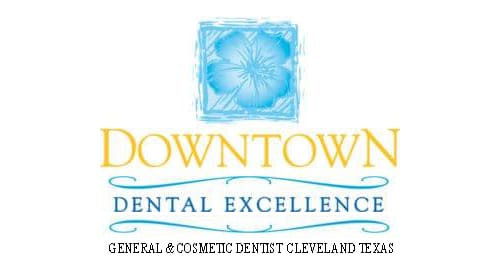What are Retainers?
What are orthodontic retainers? To describe a retainer, you first need to understand orthodontic braces, their application, the process and the results and benefits.
Why do you Need Orthodontic Braces?
Some of the signs that you might need braces and orthodontic correction start with irregular loss of baby teeth and your adult teeth came in late. This can result in abnormal alignment where the teeth can be out of proportion to the rest of your face, your teeth are crowded and missed placed. An overbite or underbite can be corrected with braces. Sometimes you might bite the side of your cheek, have a difficult time chewing food or even find yourself breathing through your mouth of a regular basis.
What are Orthodontic Braces?
After an evaluation and a consultation with your dentist a decision can be made what type of appliance might be best for your situation. Traditional braces are metal wires and brackets that are placed on the teeth. The heat-activated arch wires use your body heat to move the teeth. A second option is ceramic braces that are either tooth-colored or clear in nature. These will be less noticeable when you smile. A third method are called lingual braces where the brackets and wires are placed on the inside of the teeth. The final method is based on digital technology. This method does not require anything placed on the teeth. Instead mouth guard-like clear plastic aligners are designed and used. These aligners are removable, use pressure to push the teeth and are replaced every two weeks. No matter which process you decide on you can expect to wear your corrective braces roughly 18 months to at least two years.
The Benefits of Having Braces
The most obvious advantage and benefit in going through the corrective process is to straighten your teeth. Having crooked teeth impacts the quality of your smile. Your smile can be foundational when it comes to your self-esteem and your self-confidence in your personal, social and professional encounters. Braces have also been proven to prevent gum disease, prevent tooth decay and to prevent cavities. Depending on the amount of correction they can help prevent injury and even the digestion of your food.
Why would You need to wear a Retainer?
Just like the corrective appliances that you have worn, the retainer is customer made to your teeth and mouth. The teeth that you just spent a year to two years moving can and will move back. There are periodontal fibers that run between the tooth and the jawbone and these fibers can recoil and tug. There can be soft tissue pressure and well as continued growth and development of the mouth. A retainer will be placed and used for period of time to allow for the adaption of the surrounding fibers and tissue to minimize changes to the final positions. These retainers can be fixed, permanent wires, just like the orthodontic appliances, or they can be removable, clear plastic as well. Continued evaluations will determine the duration in which the retainer will need to be used in detecting any movement.
More on Retainers : Types of Retainers
